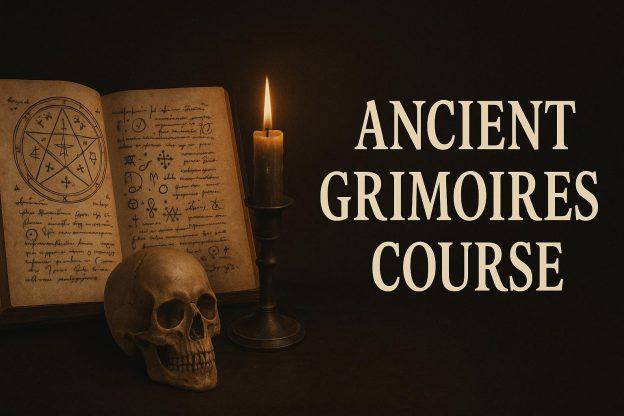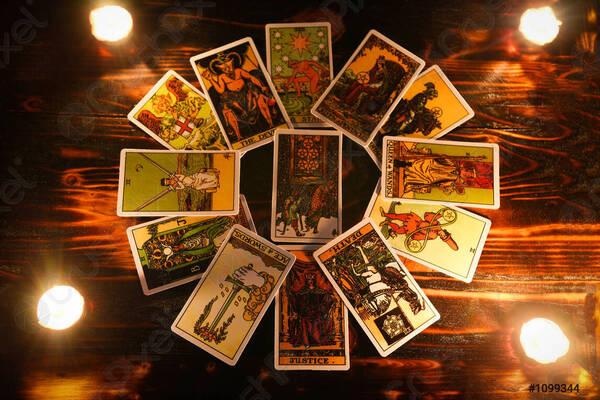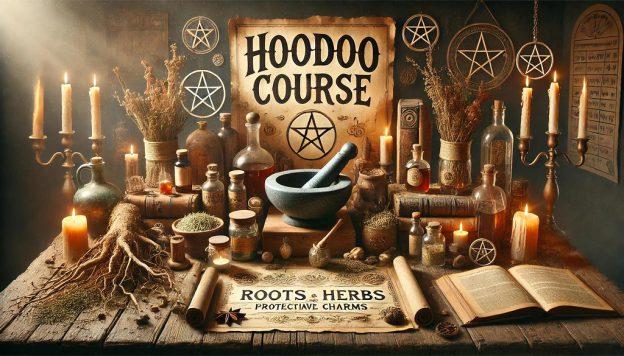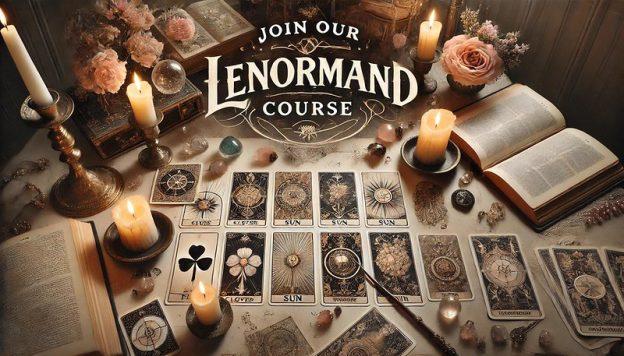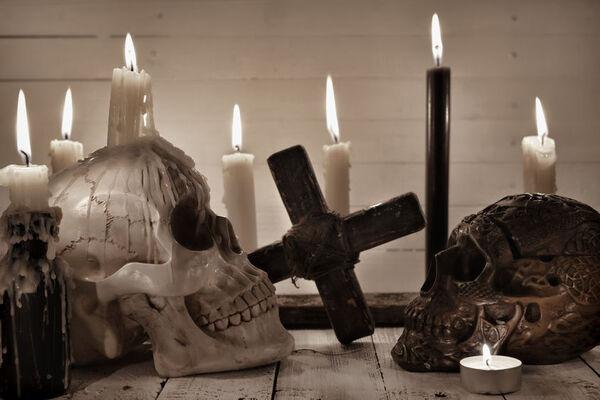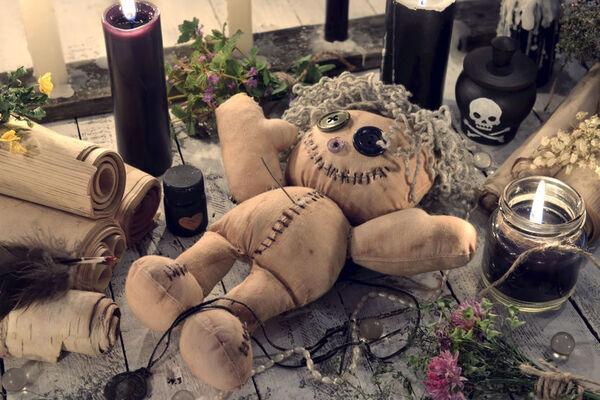Saami
Saami(Sámi) – Also known as Lapps. Indigenous to northern Finland, Norway, Sweden, and northwestern Russia, the Saami’s primary traditional mode of subsistence is reindeer herding. Their traditional shamanism is sometimes said to have been crushed by Christian missionaries (especially the dominant Lutherans) and by royal power (on the grounds that they may have led political and cultural opposition). Certainly, however, Saami culture, including shamanism, has enjoyed a resurgence in recent decades. Traditional Saami shamanism shares elements with circumpolar and Finno-Ugric shamanism, with usually (in the recorded literature) male shamans maintaining harmony in human and nonhuman relations through journeys to the other world, assisted by a female accomplice. Traditional roles for the noaydde (also noaide) include healing by removing spirit intrusions, protecting the reindeer, acting as a psychopomp, engaging in combat in animal form (such as the bear, a mythical ancestor shaman conferring strength) with rival shamans for control of the weather and fertility of the crops, and seeking knowledge. Songs or chants (now often accompanied on hand drums), joiks, derived from shamanic invocations (sung by the shaman’s assistant) to and mediations with those other-than-human persons who control the predators of reindeer remain popular. The shaman’s drum (known as a “troll-drum”) is highly decorated with an elaborate map of the spirit world and is used in divination wherein the beater causes lots to move around the surface of the drum. The antiquity of Saami shamanism may stretch back to prehistory, as evinced by rock art in the region that depicts shamanistic themes reminiscent of the decoration on shamans’ drums (as argued by Knut Helskog). There appears to have been significant contact with nonSaami peoples of the North since at least Medieval times, including the Vikings, with whom elements of shamanic practice were shared (as recently argued by Jenny Blain, Thomas DuBois, and Neil Price)—including perhaps seidr, although it is unclear to what extent Viking seidr derives from Saami shamanic practices.
SOURCE:
Historical Dictionary of Shamanism by Graham Harvey and Robert J. Wallis 2007
